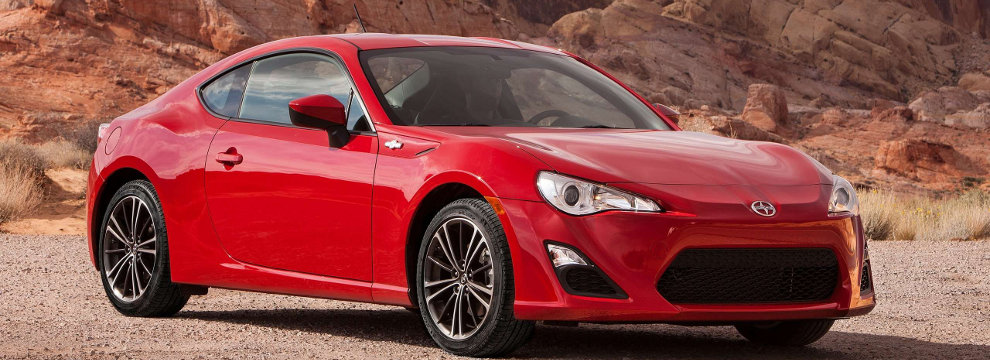
Preventing Rust - Part I
Manufacturers use steel to make many body parts. Iron, the main ingredient in steel, is mined from the earth in the form of iron ore. After the iron is melted down, the iron is combined with a small amount of carbon and a few other elements to make steel. The amount of carbon in the steel determines how hard or soft it is.
Rust is the process of the iron in the steel returning to its natural state. Rust actually occurs due to an electrical process. When metal touches metal, or internally as metal particles touch one another, electrical current flows through. This happens due to the presence of an "electrolyte," such as water or oxygen; without an electrolyte, rust will not occur. As the electricity flows, it breaks down the steel. This breakdown is known as rust or corrosion. Unfortunately, water and oxygen (in addition to road salt when combined with fresh water also forms a good electrolyte) are abundant in and around steel car parts. The only remedy to preventing rust, or more correctly lessening its effect since all steel will eventually rust, is to create a barrier between the steel and the environment. In other words, if you can prevent the steel in a vehicle from coming in contact with water or air, you go a long way toward preventing rust.
Probably the best protection against rust is to buy a car from a manufacturer that has a good reputation for rustproofing. Car makers, because of competition, are much more likely to have good rustproofing procedures today.
As mentioned, rust occurs when small amounts of electricity flow in steel. The flow of electricity increases when you have two separate pieces of steel held together. The welded body parts in a car, truck, van or SUV are perfect for this. This is another reason why cars always rust. You can fight rust by cleaning the dirt and mud from underneath your vehicle twice a year. Steam cleaning works well for this because it takes out all the dirt from cracks and crevices, and it also removes any loose paint or rust proofing behind which rust can form. You can also use a pressure washer for the underbody parts of your vehicle.
Another method to help prevent rust is to apply a rust proofer every few years. But do so uniformly because any spot you miss is much more prone to rust than treated areas.
Paint protects many metal body surfaces from rusting. Manufacturers use rust proofing material to protect underneath the car, and in between the body and the underside.
Use touch-up paint to cover dings and chips on hoods and doors. This will make the part look better but will also prevent rust. Touch-up paint comes in a small container with an applicator. Or you can buy a can of spray paint, spray some into the cap, and use a fine brush to apply it.
Hand pump-type rust proofing equipment usually does not work well because it does not apply the material evenly. (Remember, covering everything is essential for good rust proofing.) If you have this type of equipment, spray into a fully-enclosed cardboard box. If you do not obtain a full mist of the rust proofer inside the box, spraying it on the vehicle will only make matters worse. Partially sprayed parts actually provide places for moisture to accumulate on metal.
Continued on the link Preventing Rust - Part II











